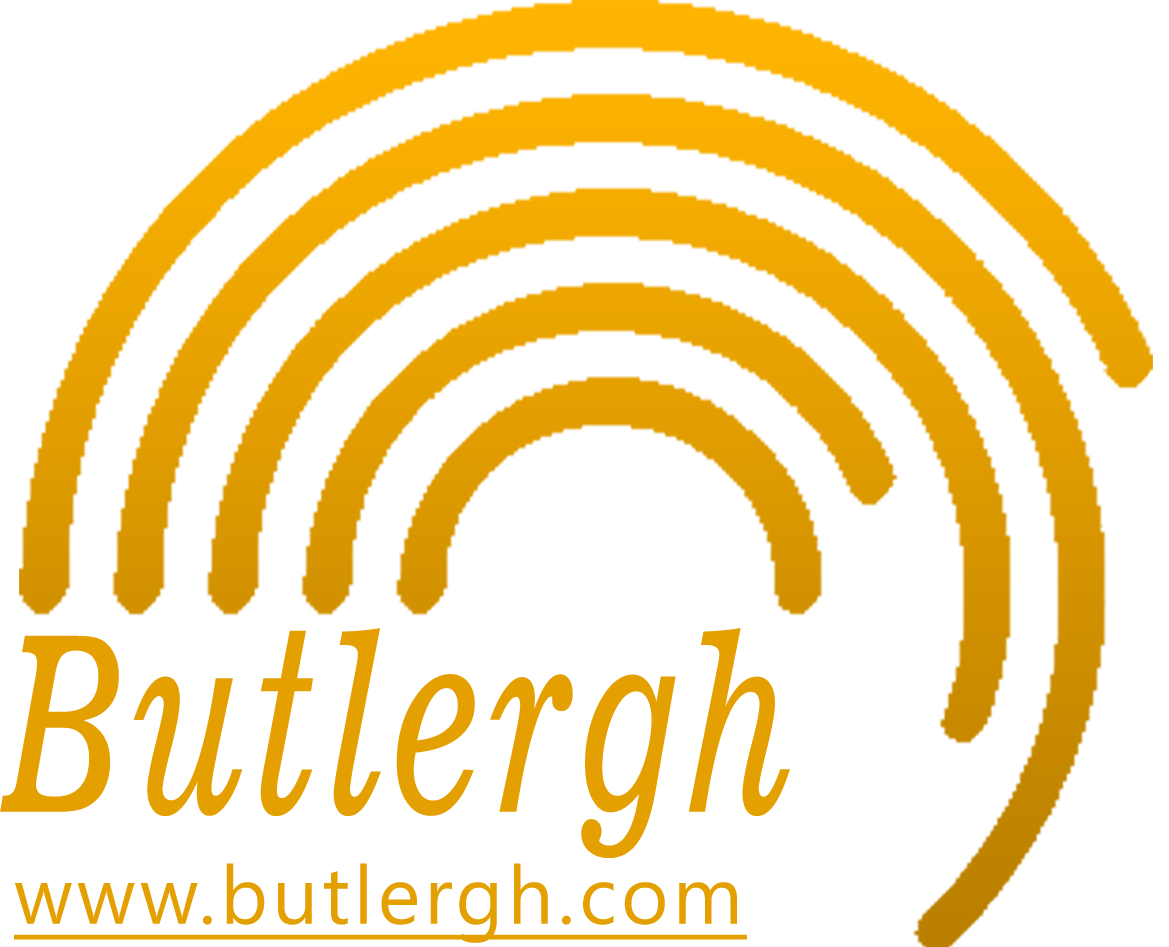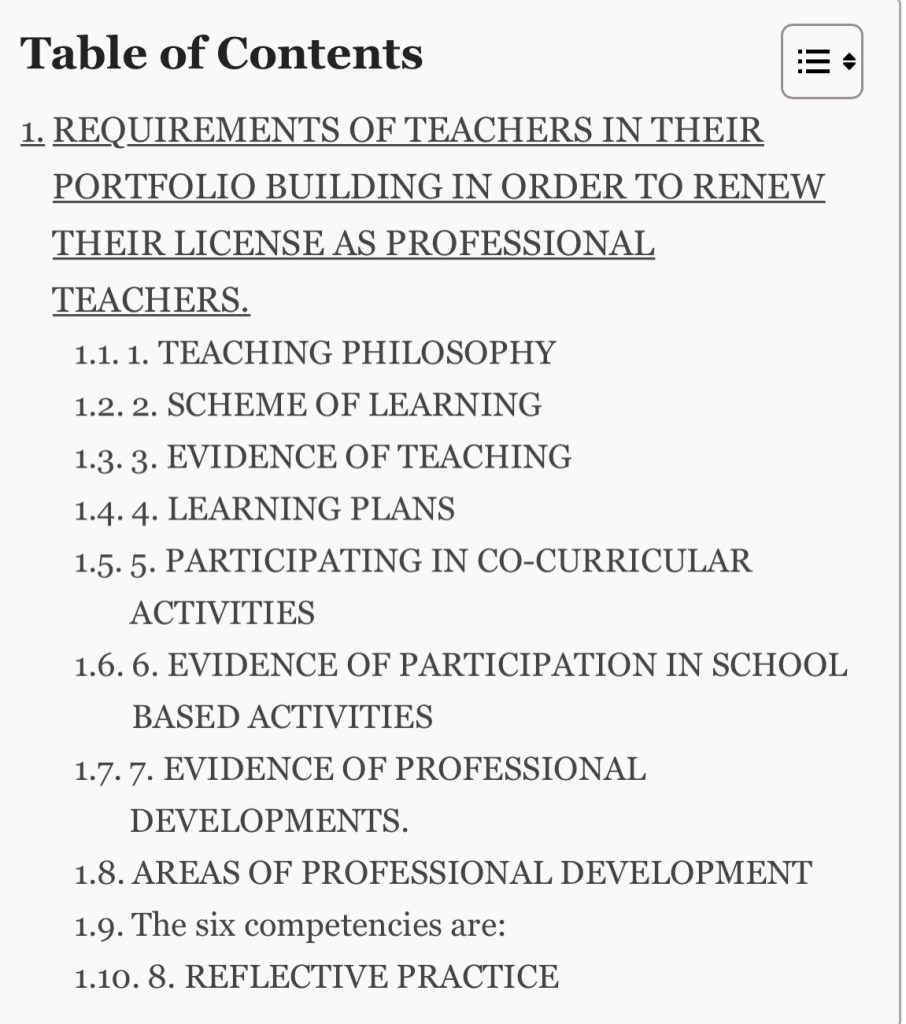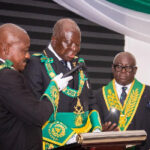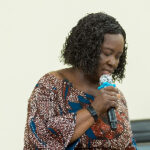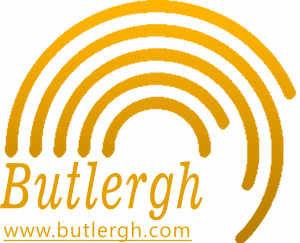According to the new guidelines outlined by the National Teaching Council, every Ghanaian teacher is expected to develop/build portfolios in order to enable him/her to renew the NTC License Certificate.
The National Teaching Council has since put out some requirements for each Staff of the Ghana Education Service and Ministry of Education to be met before renewing the License Certificate.
Read the article below so as to enhance your knowledge and proficiency on what you are expected to do.
All narratives (except where indicated otherwise) should be between 200 – 300 words
SEE ALSO: My Teaching Philosophy: Easy to Copy, Re-write and Downloadable Samples[Packed here!]

1. TEACHING PHILOSOPHY
Your teaching philosophy is a self-reflective statement of your beliefs about teaching and learning. It’s a one to two page narrative that conveys your core ideas about being an effective teacher in the context of your discipline. It develops these ideas with specific, concrete examples of what the teacher and learners will do to achieve those goals. Importantly, your teaching philosophy statement also explains why you choose these options.
Guidelines for writing Statements of Teaching Philosophy
Learning Goals
• What got you interested in your discipline?
• What does your discipline mean to you?
• What do you most hope students will appreciate about your discipline?
• What knowledge, skills, and attitudes are important for student success in your discipline?
• How are these disciplinary knowledge, skills, and attitudes related to students’ academic, personal, and professional success?
Methods
• What do you see as the relationship between the student and the teacher?
• What do you see are the respective responsibilities of the student and the teacher?
• How are these relationships and responsibilities reflected in your teaching methods?
• How do these methods contribute to your learning goals for students?
• Why are these teaching methods appropriate for use in your discipline?
• How are your teaching methods attentive to student expectations and needs?
• How do your personal characteristics and values impact your choice and implementation of your teaching methods?
Assessment of student learning
• How do you know your learning goals are being achieved using your teaching methods?
• What sorts of learning assessment tools do you use (e.g. tests, papers, portfolios, journals) and why?
• What do the learning assessments say about your teaching?
2. SCHEME OF LEARNING
The scheme of learning/work is usually an interpretation of a specification or syllabus and can be used as a guide throughout the course to monitor progress against the original plan.
A. Alignment of indicators to the curricular indicators.
All stated indicators are aligned with the curricular indicators for the grade level
B. Alignment of Core Competences to curricular content.
Though the scheme targets all core competences in the curriculum it highlights on both resource and strategies to develop and enhance their use.
WHAT TO DO: YOU ARE TO PRESENT COPIES OF SCHEME OF LEARNING
A scanned document.
3. EVIDENCE OF TEACHING
A. Sample Learner’s Exercises You Have Marked and Graded.
Examples of learners work:
Exercise, Assignment, Examination, Quizzes
WHAT TO DO
Forty-five(45) samples of learners’ work you have marked and graded, showing your comments. They must be scanned.
B. Summarized Weekly Monitoring Tool For 3 Years.
WHAT TO DO
You are to summarize your attendance for the 3 years. You can write and also it must be stamped by your head teacher for evidence sake.
4. LEARNING PLANS
A learning plan is a description of how you intend to achieve your desired outcomes in learning. A learning/lesson plan is a teacher’s detailed description of the course of instruction. A daily learning/lesson plan is developed by a teacher to guide class learning.
WHAT TO DO
You are to attach Fifteen (15) Learning plans of lessons you have taught for each term so making Forty-five (45) for the year. You should scan and upload them.
5. PARTICIPATING IN CO-CURRICULAR ACTIVITIES
Co-curricular activities are activities that take place outside of the classroom but are still tied to the classroom curriculum in some way. Examples of Co-curricular Activities are Sports, Music and Dance, Drama, Debate and discussion, Story writing competition, Essay writing competition, Organization exhibitions, Celebration of festival, Spelling Bees.
WHAT TO DO
You are to write a brief report covering at least 2 co-curricular activities you have taken part in within the term. You can attach pictures to it if any.
6. EVIDENCE OF PARTICIPATION IN SCHOOL BASED ACTIVITIES
1. Evidence of In-service Training workshop/CPD.
WHAT TO DO
You are to provide evidence on at least five In service training workshop/CPD participated (Certificates/ photographs). In-service training/CPD must be recorded in the teacher training logbook.
2. Report on Core Competencies from the Mentors.
WHAT TO DO
Your mentor is to write a brief report indicating at least five (5) core competences used in your lessons and those that needed support to be used in subsequent lessons.
3. Minutes of Formal Meetings attended.
WHAT TO DO
You are to upload minutes of at least 5 formal meetings (e.g. meetings with mentor or lead mentor or any other education officer, Head of schools, SISO etc) You can contact the school’s secretary for the minutes.
4. Head Teachers’ Recommendation.
WHAT TO DO
Your are to upload your head teacher’s recommendation letter (it must be stamped and signed) indicating at least 4 co-curricular activities supported by the teacher in addition to 4 general functions consistently performed in the learning environment.
5. Mentor’s Comment.
WHAT TO DO
You are to upload your Mentor’s comments showing satisfactory conduct, performance and willingness of the teacher to learn and lend support to peers and learners. Your mentor must sign and stamp.
7. EVIDENCE OF PROFESSIONAL DEVELOPMENTS.
Professional development is learning to earn or maintain professional credentials such as academic degrees to formal coursework attending lifelong learning, conferences, CPD and informal learning opportunities situated in practice.
AREAS OF PROFESSIONAL DEVELOPMENT
i. WRITE UP ON COLLABORATION
WHAT TO DO
A write-up in 400 words indicating evidence of willingness to collaborate with colleagues demonstrated with more than two (2) evidence of participation.
ii. RECORDS OF TRAININGS ATTENDED.
WHAT TO DO
You are to upload documents on 6 or more varied trainings attended (i.e your recordings in the teacher logbook on 6 varied trainings attended)
iii. RECOMMENDATIONS FOR TRAINING.
WHAT TO DO
You are to make recommendations for sustenance and enhancement of competencies already acquired.
iv. USE OF TECHNOLOGY.
WHAT TO DO
You are to upload evidence in the form of videos with dates on regular use of appropriate technology within learning environment to support learning.
v. A REPORT ON CORE COMPETENCIES.
WHAT TO DO
You are to write a brief report on any of the core competences that you can use/have used in your lessons and those that you need support to help you to use in subsequent lessons. The report should adequately describes the various methods used to support learners to develop their core competencies and dates quoted in the report on the use of the identified core competencies reflect dates in the learning plan when they were used.
The Curriculum Framework identifies six core competences and these have been used to guide the development of the Assessment Framework.
The six competencies are:
● Critical thinking and problem solving
● Creativity and innovation
● Communication and collaboration
● Cultural identity and global citizenship
● Personal development and citizen leadership
● Digital literacy
8. REFLECTIVE PRACTICE
Reflective practice is the ability to reflect on one’s actions so as to take a critical stance or attitude towards one’s own practice and that of one’s peers, engaging in a process of continuous adaptation and learning.
Teachers in a school come together and;
a. Think about how they work.
b. Acknowledge their strengths, but also recognise their weaknesses.
c. Consider the impact their actions have on children and their families.
d. Review their methods to improve the quality of their practice.
e. Identify and resolve problems.
f. Be open to listening and trying out new ideas.
WHAT TO DO
A brief summary of what was discussed in teachers’ reflective practice meeting.
9. IDENTIFICATION STRATEGIES AND INTERVENTION PROCESS (ACTION RESEARCH)
Action research refers to a wide variety of evaluative, investigative, and analytical research methods designed to diagnose problems or weaknesses of a learner and help develop a practical solutions to address them quickly and efficiently.
The general goal is to create a simple, practical, repeatable process of iterative learning, evaluation, and improvement that leads to increasingly better results for the learner. A simple illustrative example:
▪️Identify a problem to be studied
▪️Collect data on the problem
▪️Organize, analyse, and interpret the data
▪️Develop a plan to address the problem
▪️Implement the plan
▪️Evaluate the results of the actions taken
▪️Identify a new problem
▪️Repeat the process
WHAT TO DO
You are to describe how you identified the learning needs of a learner in your class explain how you addressed the learning needs (Action Research) 600 words.
SOURCES: NTC Portfolio Guidelines
NB:
1. COPIES OF WHATEVER DOCUMENT YOU UPLOAD ON THE NTC TEACHER PORTAL GHANA SHOULD BE MADE AND BE PRESENTED TO THE PORTFOLIO ASSESSORS WHEN THEY VISIT YOUR DISTRICT .
2. THERE WILL BE AN UPDATE AS SOON AS POSSIBLE SHOULD ANY UPDATE ON THE REQUIREMENTS FOR BUILDING THE PORTFOLIO ON THE TEACHER PORTAL GHANA WEBSITE.
